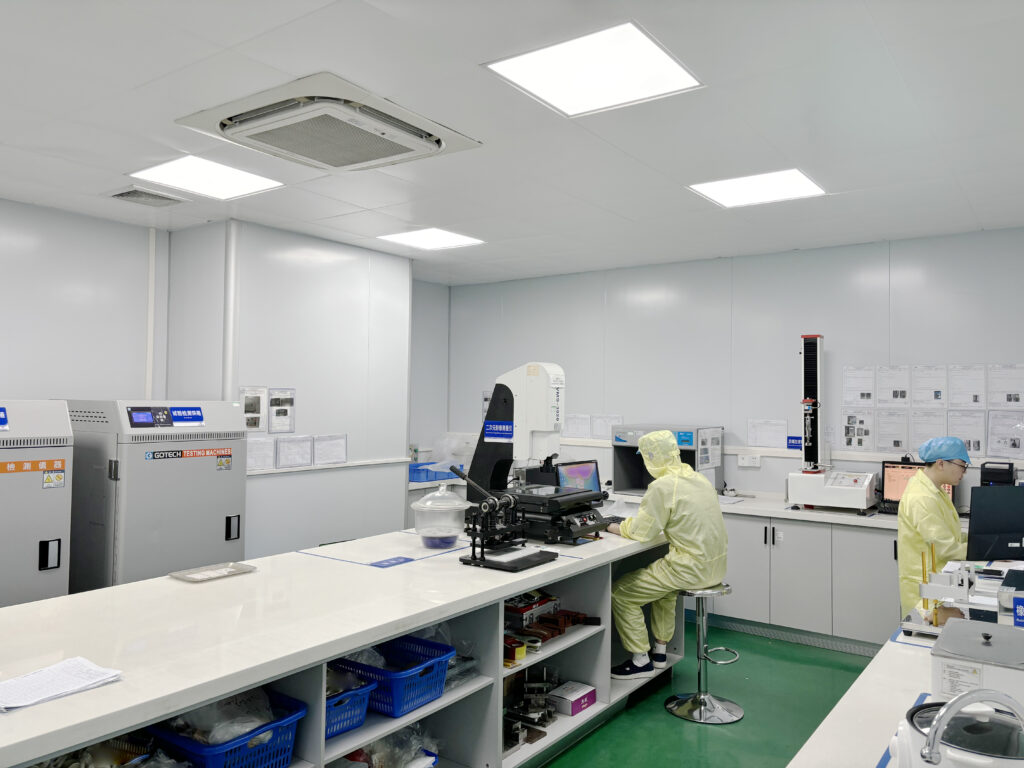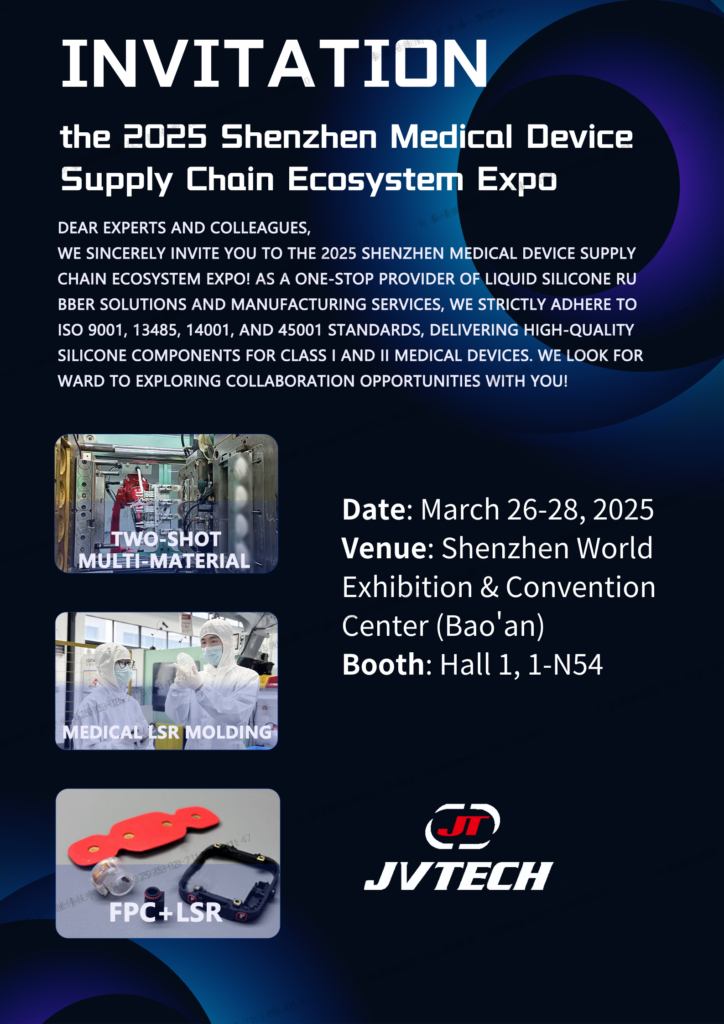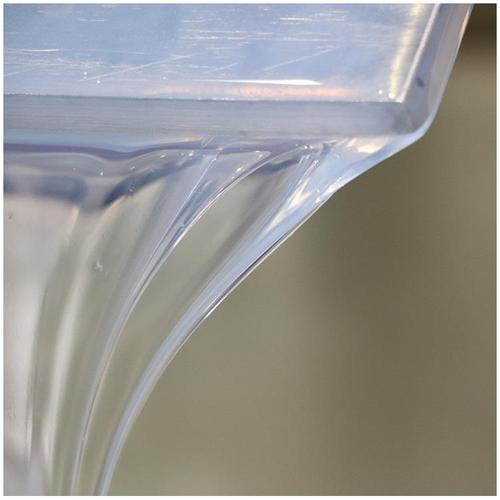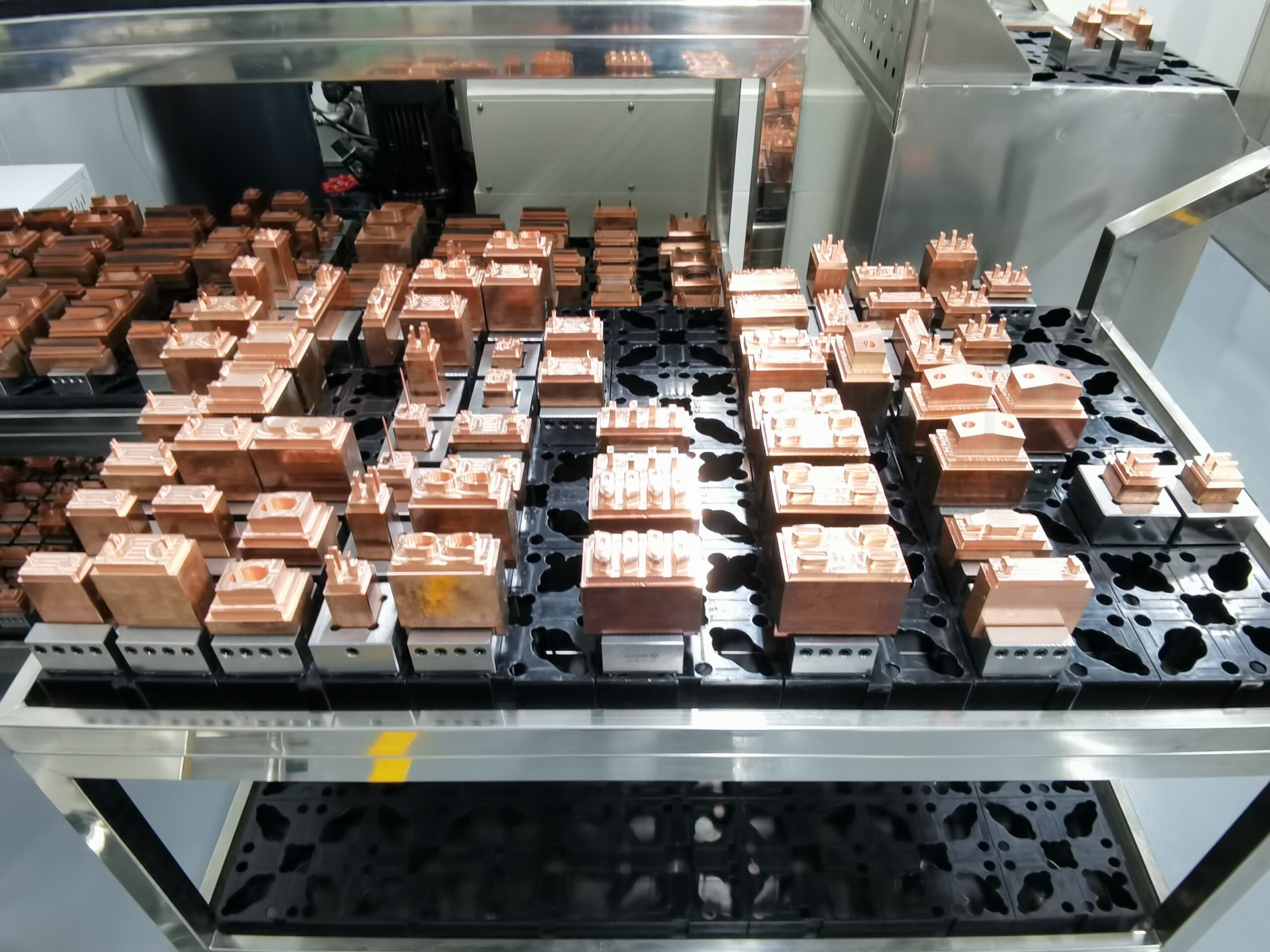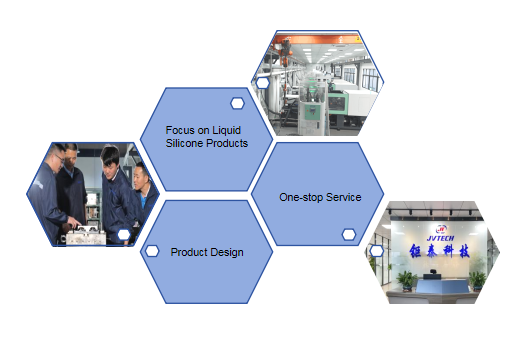
Optical silicone is a high-performance material that is widely used in the fields of optical components, fiber optic connectors, LED packaging, and biomedicine due to its excellent light transmittance, weather resistance, and chemical stability. In recent years, with the continuous progress of material science, the performance of optical silicone has been significantly improved, and its usage rate has gradually increased. Today, we will discuss the advantages and applications of optical silicone.
Table of Contents
Toggle1.What is Optical Silicone?
The design of high-transparent silicone materials is divided into general-grade LSR materials (white carbon black + cross-linked polymer) and optical-grade LSR materials (MQ resin + cross-linked polymer). Optical silicone is a specially designed silicone material for optical applications.
It has the following characteristics:
- Optical Transparency
It can provide high transparency, allowing light to pass through almost without obstruction, ensuring that the imaging quality and light transmission efficiency of the optical system are not affected.
- Low Refractive Index
Its refractive index is usually low, which helps reduce the refraction and reflection of light at the interface of different media and improves the utilization rate of light.
- Good Thermal Stability
It can maintain the stability of physical and chemical properties within a wide temperature range without deformation or deterioration of performance. It is suitable for optical equipment working in high-temperature environments.
- Weather Resistance
It has the ability to resist environmental factors such as ultraviolet rays, humidity, and oxygen, and is not prone to aging and yellowing after long-term use.
- Flexibility and Elasticity
It can absorb vibration and shock, providing buffer protection for optical components while adapting to the slight displacement between components.
- Low Shrinkage Rate
It has minimal volume change during the curing process, avoiding adverse effects on the position of optical components and the optical path.
- Chemical Stability
It is not easy to react with other chemical substances, ensuring stable performance in complex chemical environments.
- Electrical Insulation
It usually has good electrical insulation properties, which can ensure the safety and stability of the circuit in applications involving the combination of electricity and optics.
- Safety and Environmental Protection
Optical silicone contains the non-toxic and odorless characteristics of liquid silicone materials, complies with national food safety standards, and does not contain harmful substances.
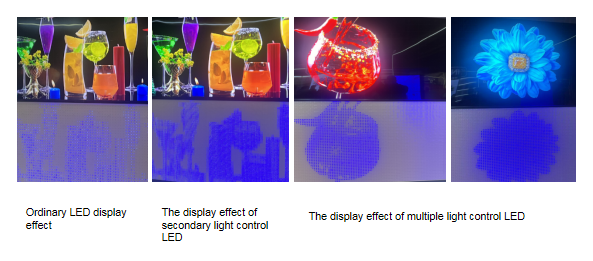
Up to now, optical silicone has been widely used in the fields of consumer electronics, semiconductor lighting and display, automobiles, optical instruments and equipment, emerging virtual reality and 3D printing, aerospace, optical medical treatment, and other fields.
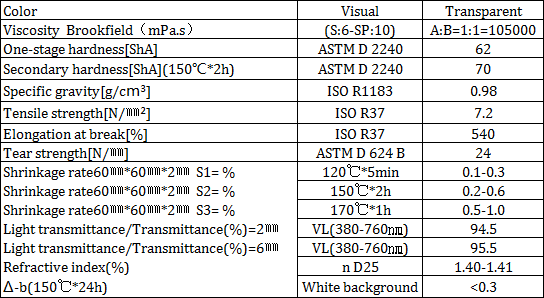
2.Molding of Optical Silicone
2.1 Molding Principle of Optical Silicone
The molding process of optical silicone is like a carefully choreographed dance, and every step requires precision.
Common molding methods include injection molding, die-casting molding, pouring molding, and coating molding.
Injection molding is the process of injecting liquid optical silicone into the mold cavity under high pressure. It is like precise infusion to ensure that the silicone is evenly distributed and quickly cured. This method has high production efficiency and can produce complex and high-precision products. It is also the most commonly used molding method for LSR today.
Die-casting molding is a processing method in which pre-measured silicone is placed into the mold and then pressure is applied to finally cure it under high temperature and high pressure. Die-casting can produce various silicone products with complex shapes and rich details.
Transfer molding first heats the silicone to a molten state and then injects it into the mold, just like careful pouring, to ensure that the silicone fully fills every corner of the mold.
Drop molding is to precisely drip the silicone to a specific location through the drop molding equipment, and then it naturally levels or cures, as if a delicate brush is depicting a tiny world.
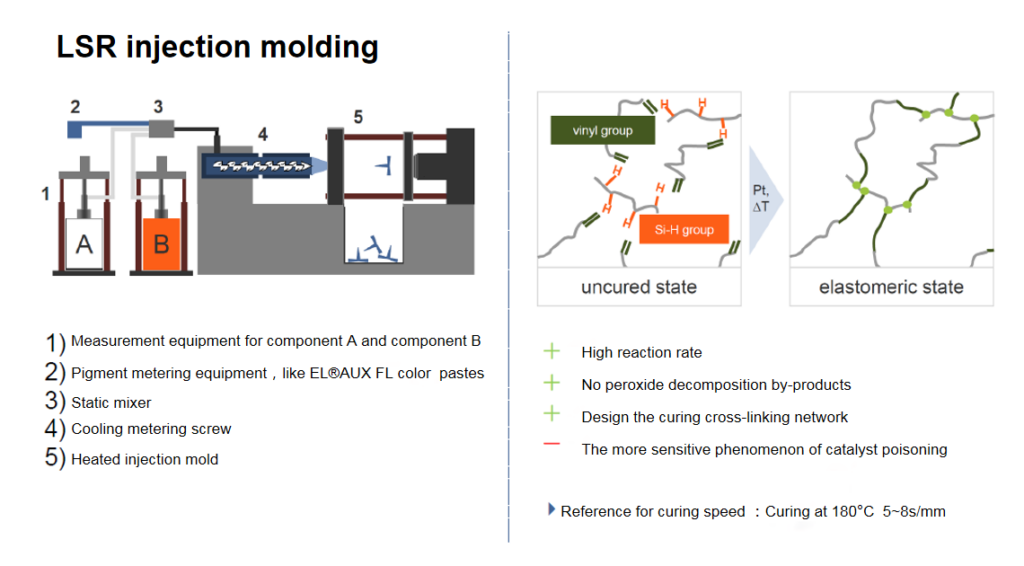
2.2 Mold Difficulties
However, to achieve the perfect molding of optical silicone, the design and manufacturing of the mold face many challenges.
(1)The precision of the mold is crucial. Since optical silicone products usually have extremely high requirements for the precision of size and shape, any slight deviation of the mold may lead to a decline in the optical performance of the product. Imagine building a perfect castle in the microscopic world, where every brick must fit tightly.
(2)The selection of mold materials is quite particular. It needs to have good wear resistance, corrosion resistance, and thermal stability to withstand the frequent production process and high-temperature environment, ensuring the service life of the mold and the quality of the product.
(3)The exhaust design of the mold is also a key issue. If the exhaust is not smooth, bubbles are easily generated during the molding process, which will affect the transparency and optical performance of the optical silicone. This is like ensuring that athletes breathe smoothly during a tense competition to perform at their best.
2.3 Inspection Requirements
To ensure the quality of optical silicone products, strict inspection is essential.
Optical performance inspection is the top priority, including the measurement of indicators such as transparency, refractive index, and haze. Only when these indicators meet the standards can the transmission of light in the silicone be unobstructed, presenting a clear and true image.
Mechanical performance inspection is also not to be ignored, such as tensile strength, tear strength, etc., to ensure that the products can withstand various external forces without being damaged during use.
In addition, there is also weather resistance testing to simulate various harsh environmental conditions, such as high temperature, low temperature, humidity, ultraviolet radiation, etc., to test whether the products can maintain stable performance for a long time.
3.Breakthroughs in the Difficulties of Optical Silicone
JVTECH was founded in 2010, located in the beautiful Minzhong Street, Zhongshan City, with convenient transportation. We are a manufacturer focusing on silicone solutions. We have core services of LSR molding, multi-component, multi-cavity, and solid compression. And we are equipped with perfect secondary processing technology. We have a professional technical team with over 20 years of experience. We are equipped with a 100,000-class dust-free workshop and an independent quality control laboratory. We have 3 independent automated dust-free production workshops and more than 70 molding equipment. We can provide one-stop services including product design, mold manufacturing, mass production molding, quality control testing, and more.
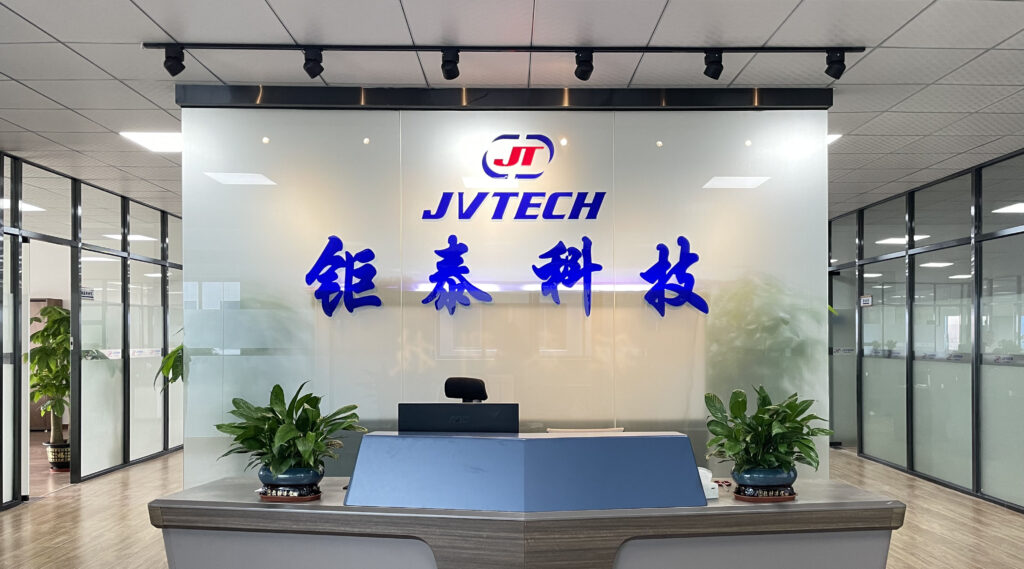
3.1Mold Design
After receiving the production demand plan for optical silicone, JVTECH will have a professional engineer team to provide you with services:
(1) Receive product drawings
(2) Drawing review
(3) Customer confirmation (DFM report)
(4) Mold design
(5) 3D/2D mold drawing confirmation
(6) Ordering of mold core steel
(7) Purchase of mold base (full 3D)
(8) Purchase of loose parts
(9) Send the 3D drawing of the mold core to the CNC machining center
(10) Send the 2D drawing to the mold workshop
(11) Rough machining of the mold core by CNC machining
(12) Rough lathe machining of the blade
(13) Milling, drilling, and tapping
(14) Heat treatment of the mold core and inserts
(15) Grinding machining
(16) Precision CNC machining of the mold core
(17) Precision lathe machining of the blade
(18) CNC machining of the electrode
(19) EDM discharge machining
(20) Wire cutting machining
(21) Three-dimensional measurement of the mold core
(22) Parts processing
(23) Mold assembly
(24) Polishing
(25) Texture application
(26) Mold installation
(27) Mold trial
(28) Sample delivery
Through professional and perfect mold flow analysis and design analysis, the mold precision can be guaranteed up to 0.003mm, and the front-end and processing processes are strictly controlled. Reduce the cost of R & D trial and error, efficiently complete the mold design requirements, and accurately achieve the expected goals.
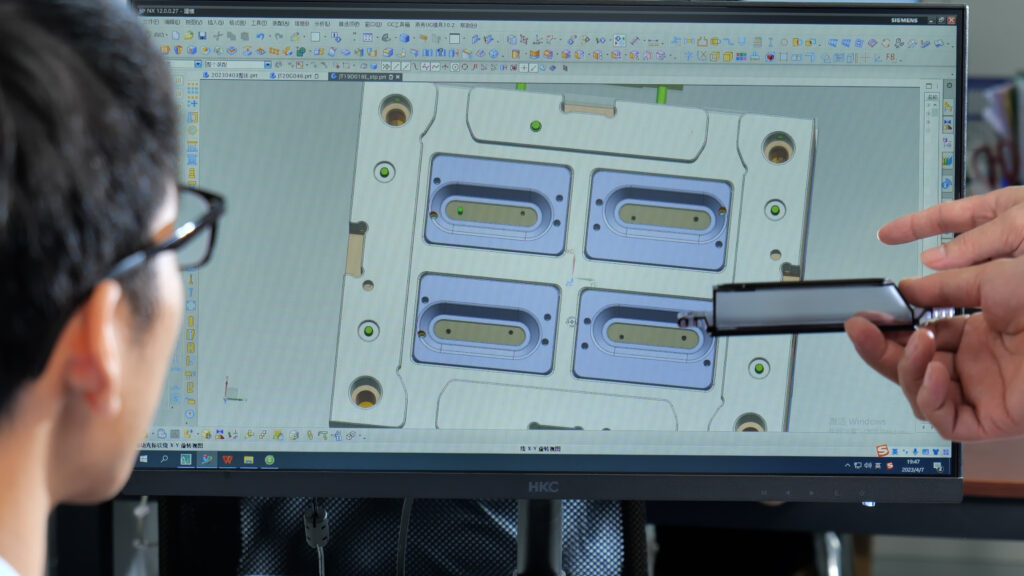
3.2Production Molding
After the mold design and molding are successful, you can select the optical silicone raw materials and enter the automated mass production stage of the product.
JVTECH has a factory building of 15,000 square meters, equipped with 70 advanced liquid silicone molding machines, each of which is equipped with a three-axis manipulator that can automatically load and unload materials, realizing a highly automated production process. In addition, more than 40% of the machines are equipped with 6-axis manipulators, high-definition mold cavity monitors, and other automatic detection equipment to monitor and produce the products in all aspects. The company strictly implements multiple systems such as ISO9001, 13485, 45001, and 14001 to monitor the production status of the dust-free workshop and form an SCP statistical analysis and continuous improvement mechanism.
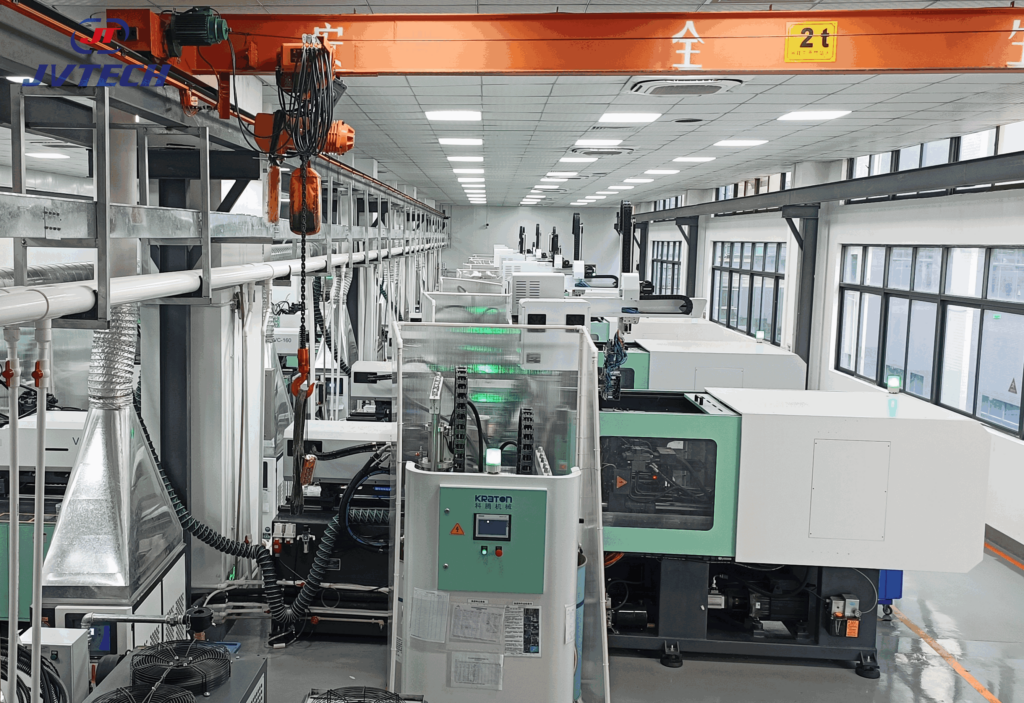
3.3Quality Control
JVTECHis equipped with a 100,000-class dust-free inspection workshop and a professional independent quality control laboratory, equipped with optical microscopes, CCD, tear and pull-off detection, video microscopes, VOC detectors, and various precision instruments required for optical detection applications. Optical equipment such as magnifiers, stereoscopes, and microscopes is used during inspection. A special magnifying microscope with a magnification of 10 – 300 times is used to measure complex micro-molded optical silicone components. And performance tests such as transmittance and refractive index for optical properties.
For the dimensional measurement of optical silicone parts, JVTECH Technology’s QA laboratory has various measurement equipment from traditional technology to the latest technology. We design and manufacture custom fixtures to fix the parts to achieve accurate and repeatable measurements. For example, optical CMM (Coordinate Measuring Machine) equipment usually uses mirrors and custom fixtures for accurate and complex measurements.
There are also professional functional tests to simulate the on-site conditions of specific applications to test the performance. These include Shore hardness and tensile tests, optical performance tests, and weather resistance and other important performance tests. Strict testing ensures the excellent quality of optical silicone parts.
